The number of drug overdose deaths in the US has never been higher. Most of those deaths–68 percent in 2017–have involved opioids. An estimated 10 million Americans aged 12 and older misused opioids in 2018. Insights from virtual reality experiments…
Month: December 2019
Computer game may help to predict reuse of opioids
A computer betting game can help predict the likelihood that someone recovering from opioid addiction will reuse the pain-relieving drugs, a new study shows. The game, now being developed as an app, tests each patient’s comfort with risk-taking, producing mathematical…
Too few hospitals have clinical decision support tools to calculate nutrition in NICU
Automated systems are needed to improve quality in neonatal care
Follicular lymphoma remission for 2+ years indicates disease-free status could be lifelong
Use of next-generation sequencing provides evidence of no detectable lymphoma in these patients
Study finds decrease in eye exposures from household cleaners; eEperts urge proper storage
As the holidays approach, a reminder to family members to safely store products up and away from young visitors
Corals survive to tell the tale of Earth’s newest island eruption
Scientists say coral reefs on a tiny island in the South Pacific have shown incredible resilience and recovery from a recent but very severe disturbance: a volcanic eruption that created a new island. Hunga Tonga – Hunga Ha’apai was (until…
New conference to explore innovative solutions to combat global health threat posed by Nipah virus
Inaugural Nipah virus conference convenes leading experts to strengthen global collaboration, improve efforts to combat deadly virus
International ocean experts kick-off COP25 Oceans Actions Day
COP25 MADRID, International ocean experts gather to kick-off COP25 Oceans Actions Day at the Ocean and Coastal Zones Climate Action event to deliver concrete recommendations on ocean and coastal climate actions, accelerating progress towards global climate goals. Discussing the advancing…
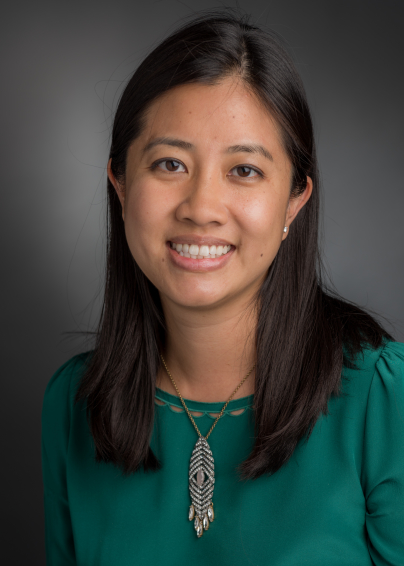
Use of venetoclax in reduced-intensity transplant conditioning regimen in patients with high-risk myeloid cancers shows promise in early trial
For patients with high-risk myeloid cancers undergoing a donor stem cell transplant, adding the targeted drug venetoclax to a reduced-intensity drug regimen prior to transplant is safe and does not impair the ability of the donor cells to take root in recipients’ bodies, a study led by Dana-Farber Cancer Institute researchers suggests.
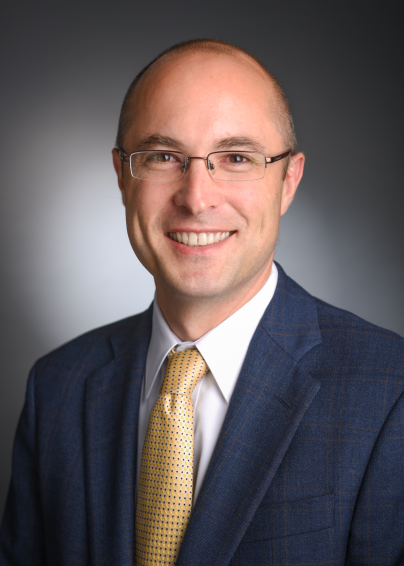
Genomic features of AML in patients over age 60 can predict success of bone marrow stem cell transplant, research shows
For older patients with acute myeloid leukemia (AML), the prospects for success of a stem cell transplant can often be predicted based on the particular set of genetic mutations within the tumor cells, investigators at Dana-Farber Cancer Institute and other research centers will report today at the ASH Annual Meeting.
Lymphoma Patients May Have New Path to Remission, Even When CAR T Therapy Fails
A new, experimental immunotherapy can put patients with B-cell non-Hodgkin lymphoma (NHL) that is resistant to or has come back after multiple other therapies, including CAR T therapy, into remission.
Women, exercise and longevity
Vienna, Austria – 7 December 2019: Women who can exercise vigorously are at significantly lower risk of dying from heart disease, cancer and other causes. The research is presented today at EuroEcho 2019, a scientific congress of the European Society…
E1912 follow-up shows ibrutinib effective, well tolerated by majority of CLL patients
Follow-up data from Phase 3 E1912 study shows previously untreated patients (aged 70 or younger) with chronic lymphocytic leukemia who received ibrutinib-based therapy lived longer and with sustained benefit, supporting the earlier trial findings)
Genomic features of AML in patients over age 60 can predict success of stem cell transplant
Genomic profiles can be used to classify patients by risk of relapse after transplant
Ancient worm reveals way to destroy toxic cells in Huntington’s disease
Insights from their study may provide a novel therapeutic approach for diseases such as Huntington’s and Parkinson’s. Associate Professor Roger Pocock, from the Monash Biomedicine Discovery Institute (BDI), and colleagues from the University of Cambridge led by Professor David Rubinsztein,…
Use of venetoclax in transplant conditioning regimen shows promise in myeloid cancers
Trial is important step toward determining if this drug add-on can reduce risk of relapse in these patients

Bing Crosby’s Legacy Alive and Well Here
Thousands of fans from 20 countries flock to Crosby House museum in busloads each year.
Co-addiction of meth and opioids hinders treatment
A study published in the Journal of Substance Abuse Treatment of 799 patients in three locations found that methamphetamine use was associated with more than twice the risk for dropping out of treatment for opioid-use disorder.
Tip Sheet: A decrease in melanoma rates in young adults; a global effort to find a true cure for HIV/AIDS; and a push to educate the public about the negative impacts of vaping
Below are summaries of recent Fred Hutch research findings with links for additional background and media contacts.
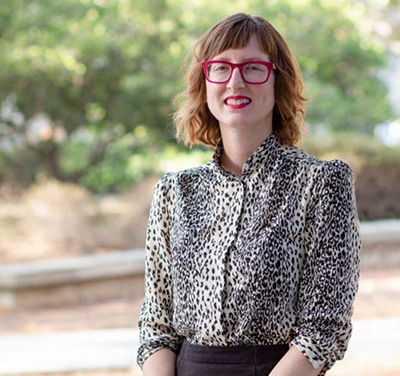
‘Cli-Fi’ Literary Genre Puts a Human Face on Climate Change
Nicole Seymour, CSUF associate professor of English, comparative literature and linguistics, curates materials to teach courses focused on climate change and emotions, and climate fiction; helping students analyze benefits and drawbacks of the growing literature genre, “cli-fi.”
UM MEDICINE LAUNCHES TREATMENT CENTERS FOR ADULT NEURODEVELOPMENTAL DISABILITIES
Launch of centers to treat adults with neurodevelopmental disorders, such as autism. These are the first in the state of Maryland and a pioneering approach for treatment across the United States.

How to Build a 3D Map of the Universe – and Why
In the 1980s, Saul Perlmutter at the Department of Energy’s (DOE) Lawrence Berkeley National Laboratory (LBNL) and his collaborators realized that they could use data about supernovae to research the history of the universe. They expected to see that very distant supernovae appear a bit brighter than they would in an expanding universe that wasn’t slowing in its growth.
The data revealed something else entirely.
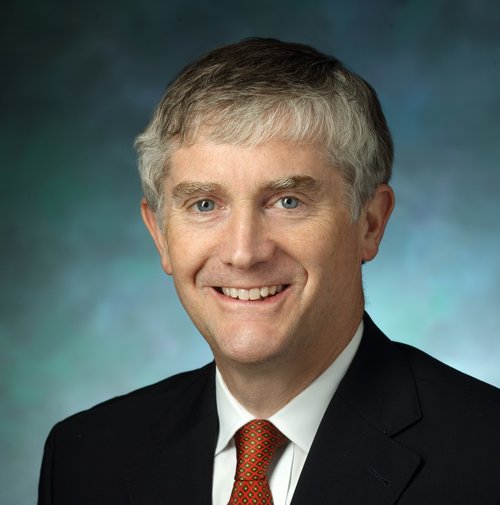
Networks in multiple sclerosis will be the focus at Americas Committee for Treatment and Research in Multiple Sclerosis (ACTRIMS) 2020 Forum
Approximately 1,200 researchers and clinicians are expected to attend the Americas Committee for Treatment and Research in Multiple Sclerosis (ACTRIMS) annual Forum Feb. 27-29, 2020, in West Palm Beach, Florida.
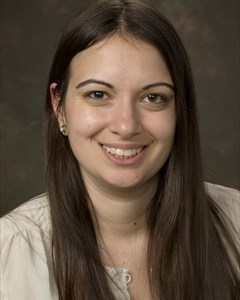
Yale Cancer Center researchers show identifying type of chronic pain in adults with sickle cell disease may lead to better outcomes
Identifying the type of pain an adult with sickle cell disease (SCD) experiences may be useful in improving treatment, according to a new study by researchers at Yale Cancer Center (YCC) and Smilow Cancer Hospital.
Deadline extended for nominations: The Endocrine Society’s Award for Excellence in Science and Medical Journalism
Journalists have a few extra days to enter the 13th annual Award for Excellence in Science and Medical Journalism. Entries will be accepted through Friday, December 13, 2018.
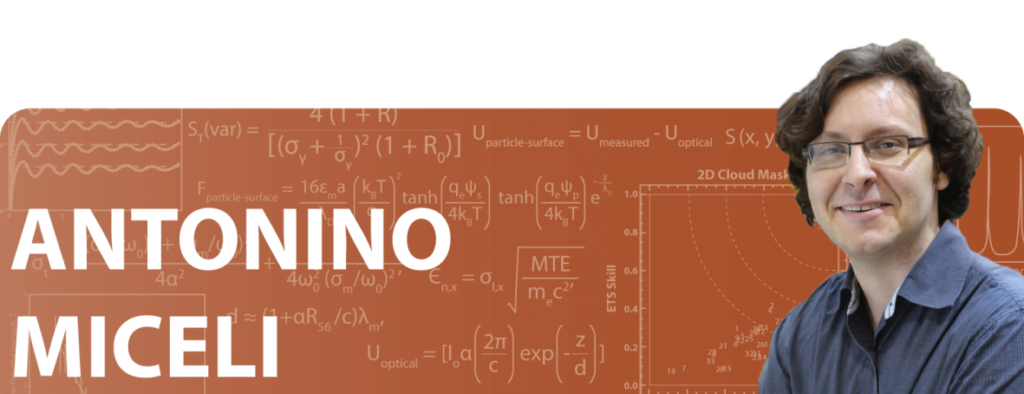
Antonino Miceli: Then and Now
Antonino Miceli is the group leader of the Detectors Group in the X-ray Science Division of the Advanced Photon Source at the U.S. Department of Energy’s Argonne National Laboratory, a senior fellow at the Northwestern Argonne Institute of Science and Engineering, and a senior scientist at the University of Chicago Consortium for Advanced Science and Engineering.
Current treatment for fungal meningitis is fueling drug resistance
A common first-line treatment approach for cryptococcal meningitis in low-income countries is being compromised by the emergence of drug resistance, new University of Liverpool research warns.
Patient Factors Explain Most of the Variation in Function After Lower Spinal Fusion
Patient-reported functional outcomes vary considerably after lower (lumbar) spinal fusion surgery. But the variability mainly reflects patient characteristics, rather than differences in care provided by surgeons or hospitals, suggests a study in Spine. The journal is published in the Lippincott portfolio by Wolters Kluwer.
Rutgers Disease Expert Available to Discuss E. coli Outbreak from Romaine Lettuce
A Rutgers University expert in infectious diseases is available to comment on the recent E. coli outbreak from romaine lettuce, which has currently affected seven people in New Jersey and more than 100 nationwide. “The E. coli bacteria is commonly…

Student thoughts: Finals are the pits
Wichita State University senior Madison Harris expresses an opinion likely shared by thousands of college students across America at this time of year.
Rutgers-led Team Launches Science and Medicine Research Initiative to Transform Health Care in New Jersey
At an event Thursday at Rutgers, thought leaders from academia, health care, government and the pharmaceutical industry discussed the future of scientific and clinical trial innovation in the state, as a result of an innovative consortium between Rutgers University, Princeton University and the New Jersey Institute of Technology.
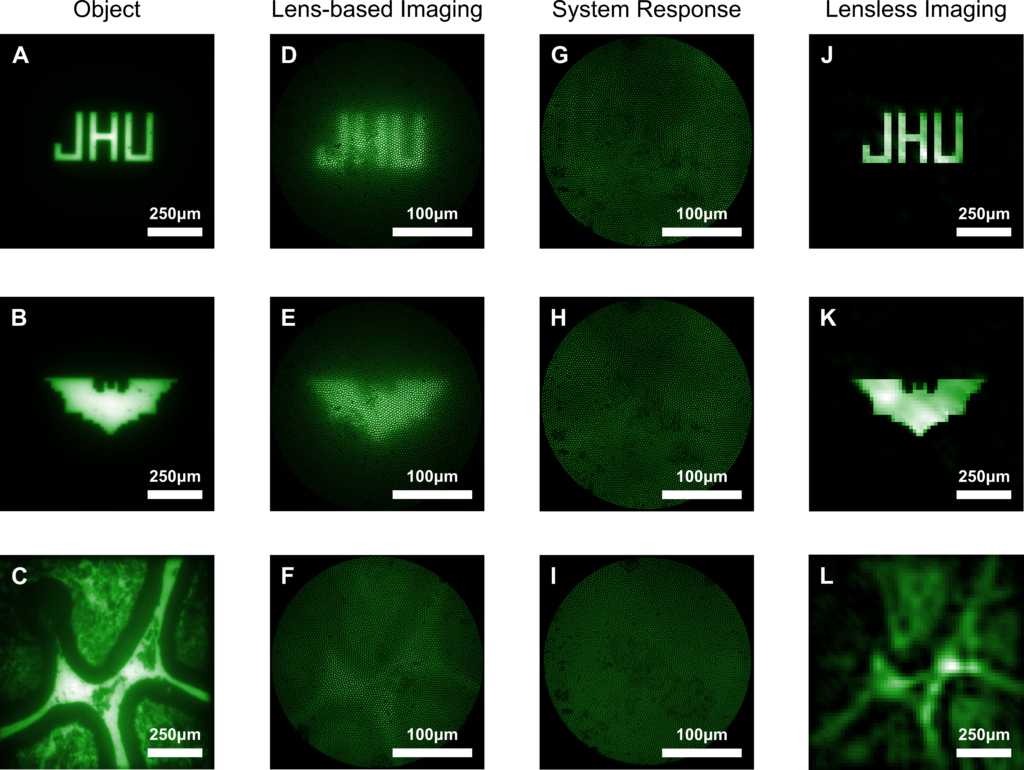
New Ultra-Miniaturized Scope Less Invasive, Produces Higher Quality Images
Johns Hopkins engineers have created a new lens-free ultra-miniaturized endoscope, the size of a few human hairs in width, that is less bulky and can produce higher quality images.
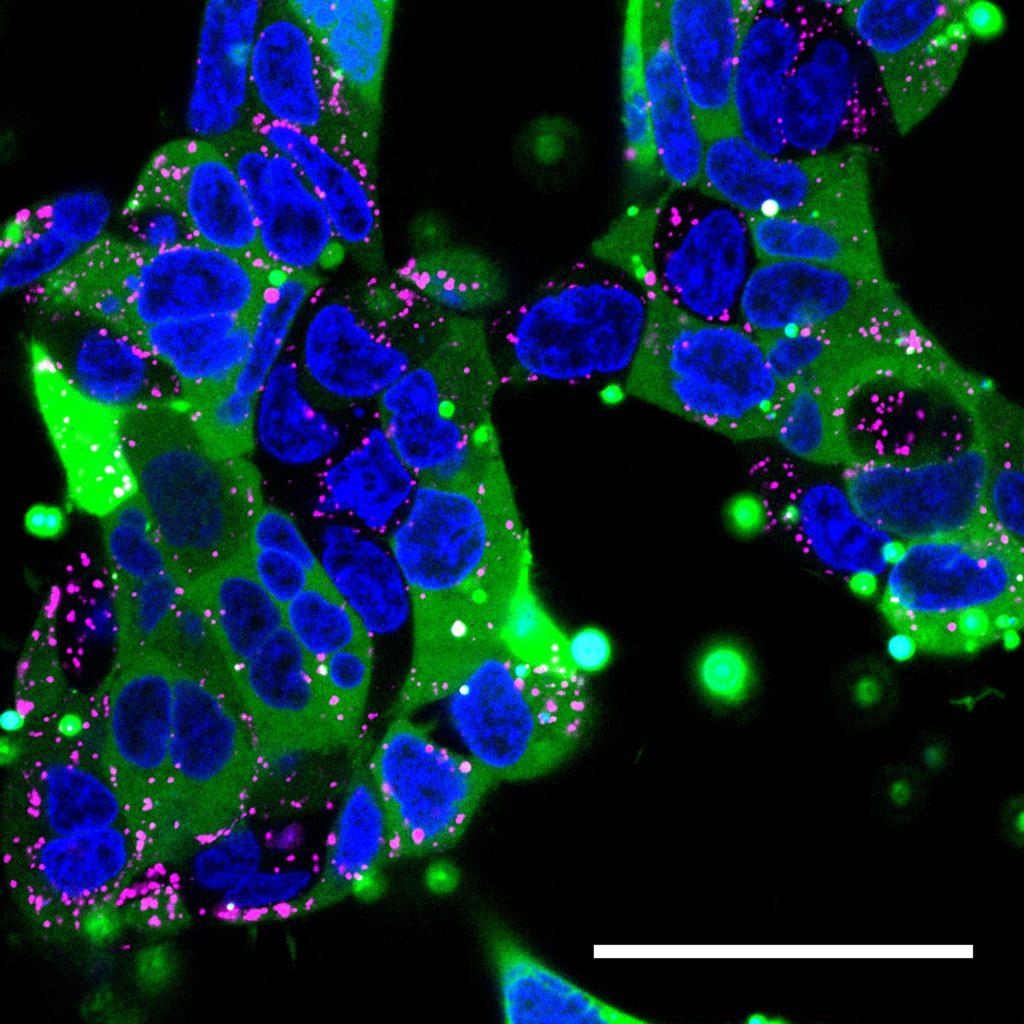
Little Size Holds Big Impact: Johns Hopkins Scientists Develop Nanocontainer to Ship Titan-Size Gene Therapies And Drugs Into Cells
Scientists at Johns Hopkins Medicine report they have created a tiny, nanosize container that can slip inside cells and deliver protein-based medicines and gene therapies of any size — even hefty ones attached to the gene-editing tool called CRISPR. If their creation – constructed of a biodegradable polymer — passes more laboratory testing, it could offer a way to efficiently ferry larger medical compounds into specifically selected target cells.
6 Tips for Navigating Political Discussions at the Holiday Table
As families gear up to celebrate the winter holiday season together, a course of politics is likely their least favorite topic to dish up at the dinner table. But two University of Nevada, Las Vegas professors say requests to pass…
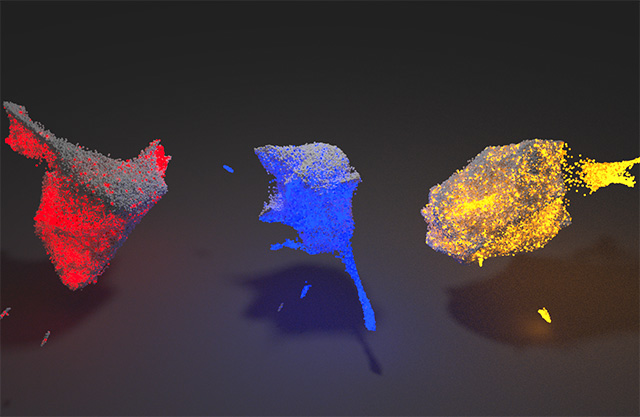
Technique shows how individual cancer cells react to drugs
A new technique reported in Science offers more detail, at the single cell level, on how large, pooled samples of various cells react to drugs or other agents. The data might reveal mode of action or the effect of genetic differences in varying responses.
Yervant Terzian, who explored matter between stars, dies at 80
Yervant Terzian, the Tisch Distinguished Professor Emeritus in the Department of Astronomy at Cornell University, who studied the physical matter between stars, dedicated his career to education and chaired the department for two decades, died Nov. 25 in Ithaca. Terzian was 80.
Has physics ever been deterministic?
Researchers from the Austrian Academy of Sciences, the University of Vienna and the University of Geneva, have proposed a new interpretation of classical physics without real numbers. This new study challenges the traditional view of classical physics as deterministic.In classical physics it is usually assumed that if we know where an object is and its velocity, we can exactly predict where it will go.
Microcavities save organic semiconductors from going dark
More and more electronics manufacturers are favoring organic LED displays for smartphones, TVs and computers because they are brighter and offer a greater color range.
Move Over Jules Verne — Scientists Deploy Ocean Floats to Peer into Earth’s Interior
The release of more than 50 floating sensors, called Mobile Earthquake Recording in Marine Areas by Independent Divers (MERMAIDs), is increasing the number of seismic stations around the planet. Scientists will use them to clarify the picture of the massive mantel plume in the lower mantel lying below the South Pacific Ocean. This effort will also establish one of the most comprehensive overviews of seismic activity across the globe. Frederik Simons will discuss this international effort during the marine seismoacoustics session of the 178th ASA Meeting.
Multiplexed C dots track cancer cells to improve patient care
For more than a decade, researchers have used glowing nanoparticles called Cornell dots, or C dots, to illuminate cancer cells, target tumors and even induce cell death.
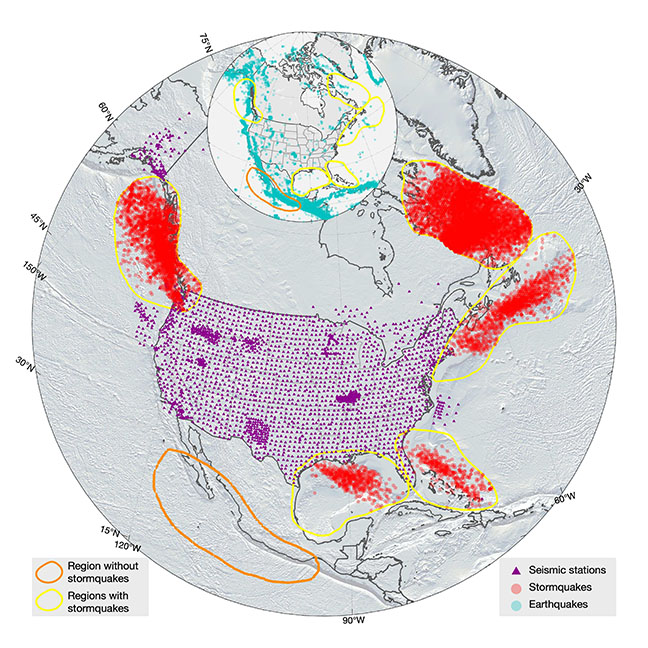
Stormquakes: Powerful Storms Cause Seafloor Tremors
Stormquakes are a recently discovered phenomenon characterized by seismic activity originating at the ocean floor due to powerful storms. Heavy storms, like hurricanes or nor’easters, can create seismic waves as large as magnitude 3.5 quakes. These tremors caused by the effects of storms on the seafloor are what researchers call stormquakes. Catherine de Groot-Hedlin, who was part of the group that first observed stormquakes, will discuss their properties and meteorological significance at the 178th ASA Meeting.
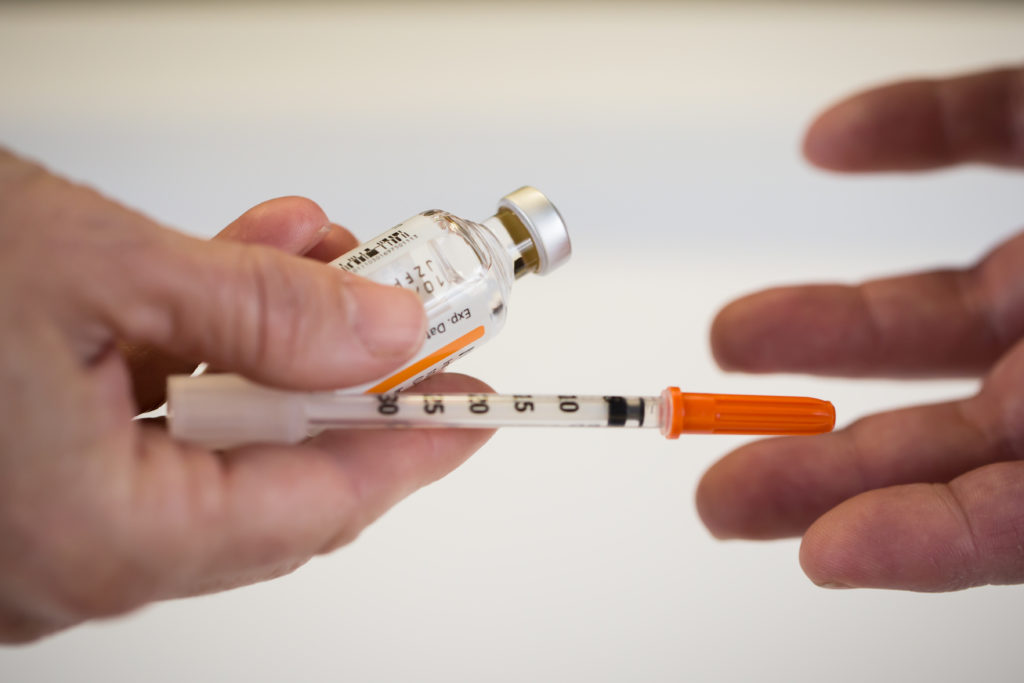
“Seeing others suffer is too stressful”: Why people buy, trade, donate medications on the black market
Altruism and a lack of access and affordability are three reasons why people with chronic illnesses are turning to the “black market” for medicines and supplies, new research shows. Scientists at University of Utah Health and University of Colorado ran surveys to understand why individuals are looking beyond pharmacies and medical equipment companies to meet essential needs. The reasons listed were many but centered on a single theme: traditional healthcare is failing them.
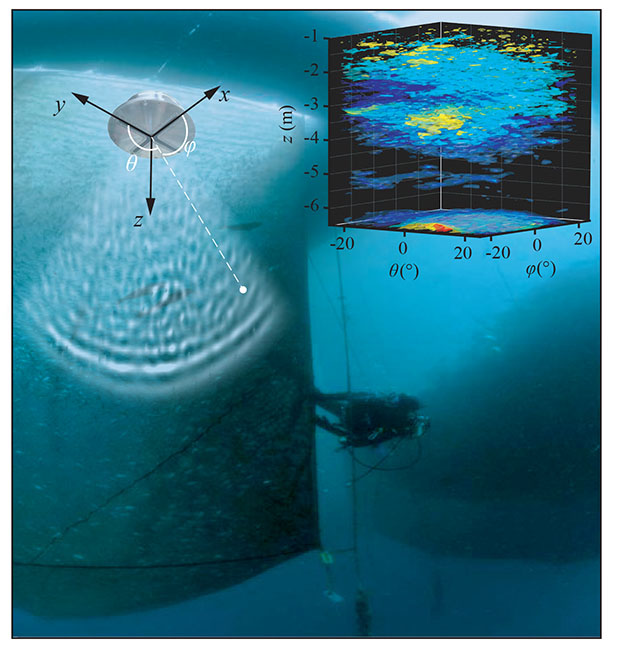
Fish Scattering Sound Waves Has Impact on Aquaculture
Fisheries acoustics have been studied for over 40 years to assess biomass and optimize aquaculture applications, and researchers in France have examined the phenomenon of how fish scatter acoustic waves in a dense school of fish contained in an open-sea cage. They developed an approach to help overcome issues encountered in aquaculture relating to the evaluation of the total biomass of dense schools of fish. They will discuss their work at the 178th ASA Meeting.
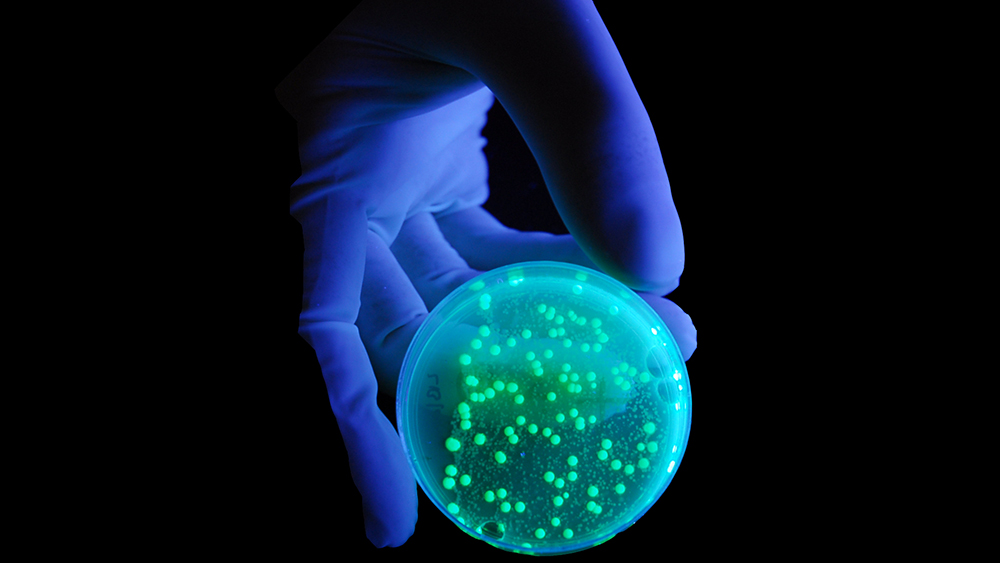
Texas A&M researchers uncover the science behind zapping bacteria with ultraviolet light
In the perennial clash between man and microbe, ultraviolet light has emerged as one of man’s powerful tools against many pathogens. Although ultraviolet light can wipe out several germs, the exact mechanisms that orchestrate the radiation’s damaging action have long been elusive. Texas A&M scientists can now explain how it works
Astronomy fellowship demonstrates effective measures to dismantle bias, increase diversity in STEM
Joyce Yen of the University of Washington worked with the Heising-Simons Foundation to dismantle bias and promote diversity in a prominent grant that the Foundation awards to postdoctoral researchers. Here, Yen shares the ways bias can work against greater diversity, equity and inclusion in STEM.
Acupuncture reduces radiation-induced dry mouth for cancer patients
Patients who had acupuncture during radiation reported less dry mouth symptoms up to 12 months after treatment
UVA Darden Launches Online Course Coding for Managers, Designers and Entrepreneurs on Coursera
The University of Virginia Darden School of Business is launching an online specialization, Coding for Designers, Managers and Entrepreneurs. Registration for the Coursera-hosted, three-course specialization is currently open.
Venture Capitalists Raise Unique Fund With Profit and Purpose to Benefit UVA, Darden
University of Virginia Darden School of Business alumnus Sean Foote (MBA ’93) was initially skeptical when his former classmate, longtime friend and fellow venture investor Jonathan Ebinger (MBA ’93) pitched an unconventional idea for partnering on a new fund.

The CEO-CFO Relationship and Executive Compensation
It’s not uncommon for incoming CEOs to hire new senior staff when they join companies. But when they hire new CFOs, might those CFOs be pressured to manage earnings in a way that benefits the CEOs’ pay? New research examines these C-suite relationships and what they might mean for the long-term health of a company.
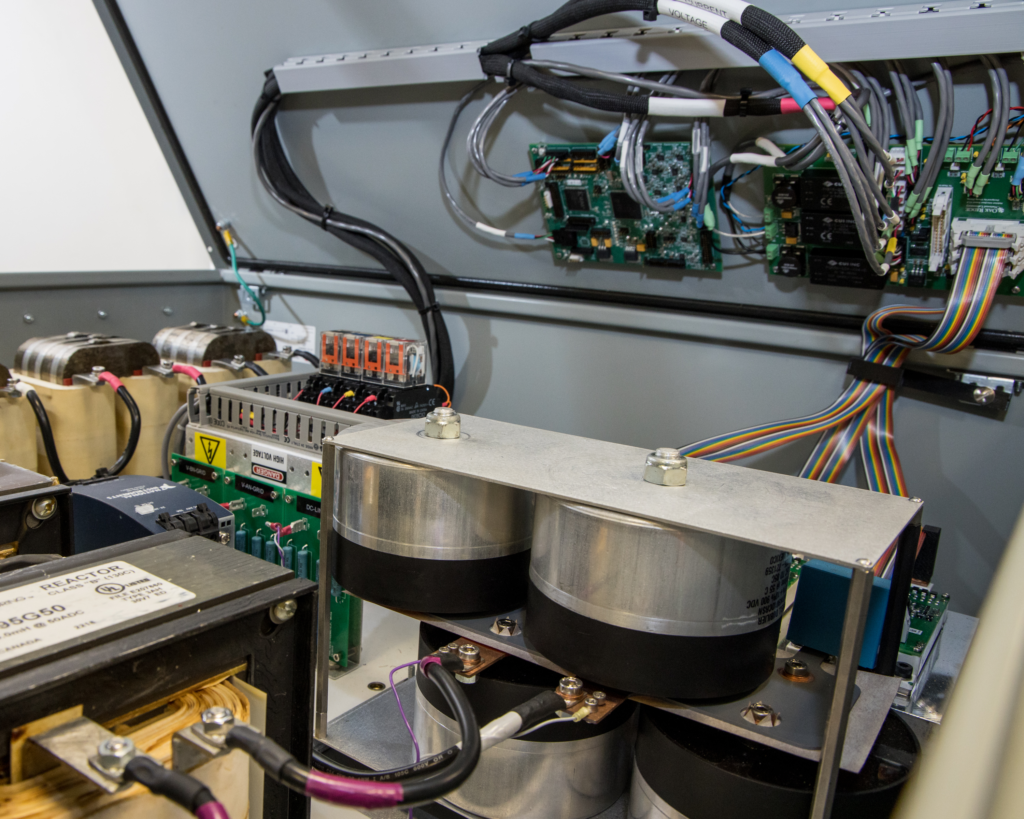
Second act: Used electric vehicle batteries charge up the grid
Researchers at Oak Ridge National Laboratory have developed an innovative control system for repurposed electric vehicle battery packs to store electricity for home use and are scaling up the technology to a large, power grid-level project.